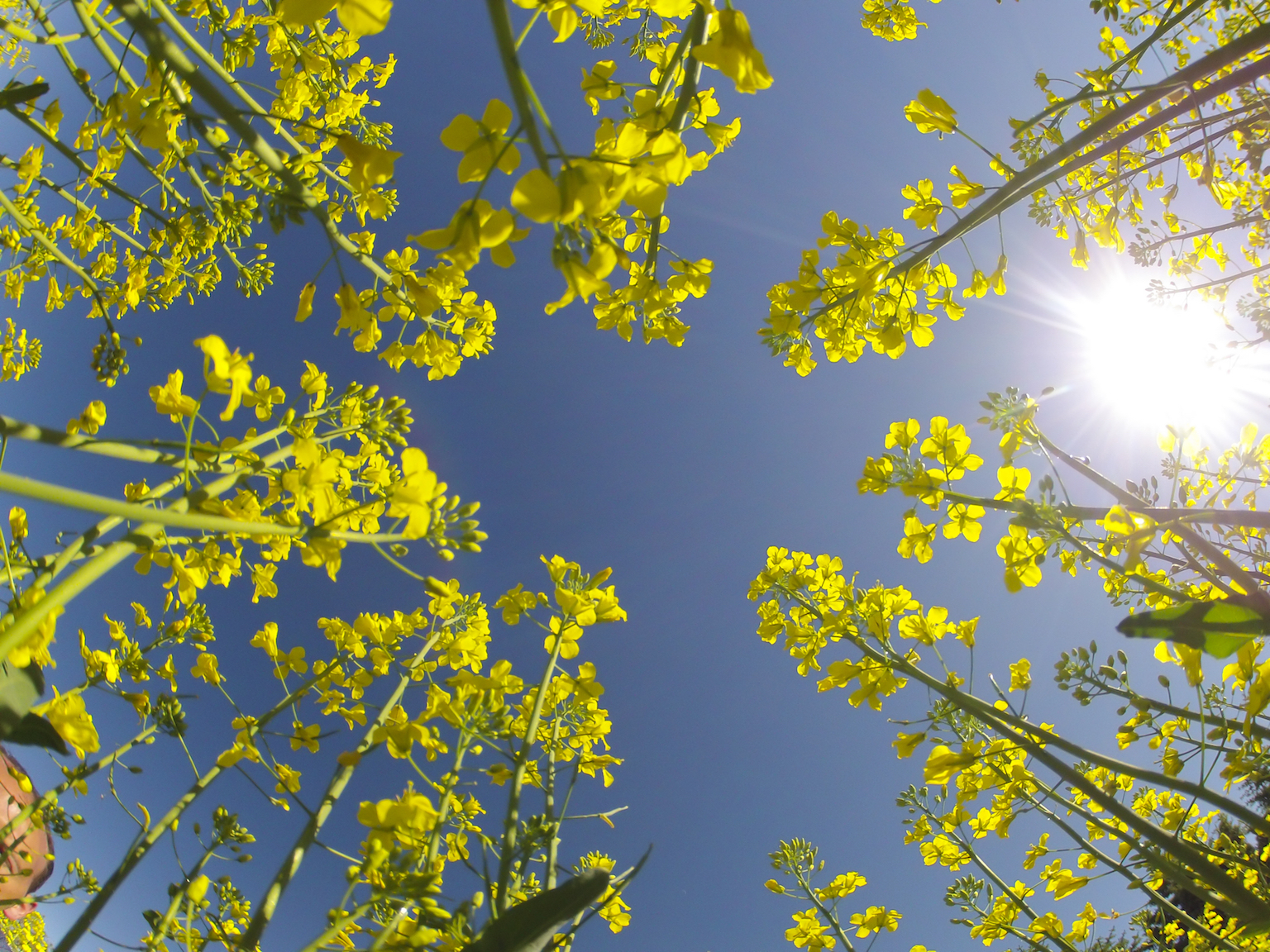
How plants see light and adapt to different conditions
As you likely learned in science class, light is a critical component of plant growth, as plants convert sunlight into energy in a process called photosynthesis.
Plants can actually “see” light and are able to sense changes between sunlight and shade and adapt accordingly, thanks to a photoreceptive protein called phytochrome B.
Without this photosensitive ability, many plants would be unable to carry out important activities like seed germination and flower formation in suboptimal conditions.
Now, new research has examined the photoreceptive process of phytochrome B and found two proteins that influence its sensitivity to changes in light.
The study was conducted by researchers from the Institute of Biology II at the University of Freiburg and published in the journal Nature Communications.
Phytochrome B measures the spectrum of light and depending on what conditions are present and can be activated like a switch. In bright sunlight, Phytochrome B is active, but in under cover of shade, the protein is inactive.
The researchers used spectroscopy to examine how phytochrome B was activated in the thale cress plant. It was discovered that two proteins, PCH1 and PCHL, bind to phytochrome B and guide the protein’s activity and photosensitivity.
The results show that PCH1 and PCHL influence phytochrome B, which allows it to change from active to inactive without bright sunlight.
This is how some plants see light and adapt to their conditions without disrupting the important process of photosynthesis.
The study helps reveal the deeper, inner working of photosynthesis and sheds light, but literally and figuratively, on the photoreceptive phytochrome B.
—
By Kay Vandette, Earth.com Staff Writer













